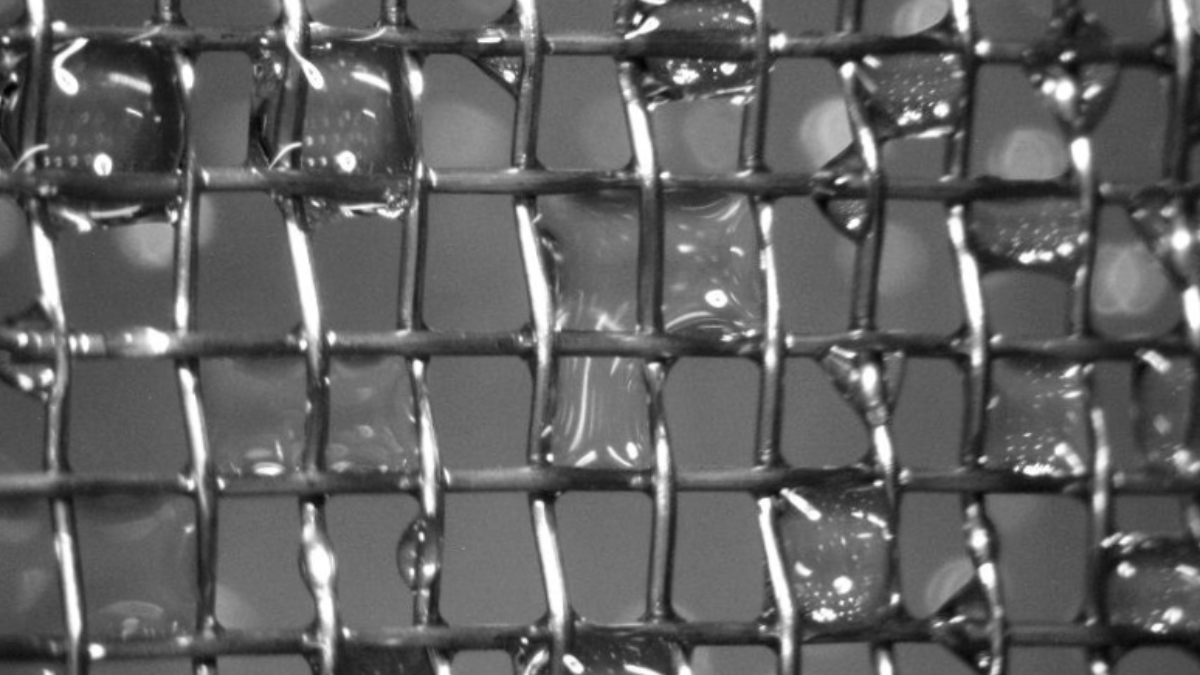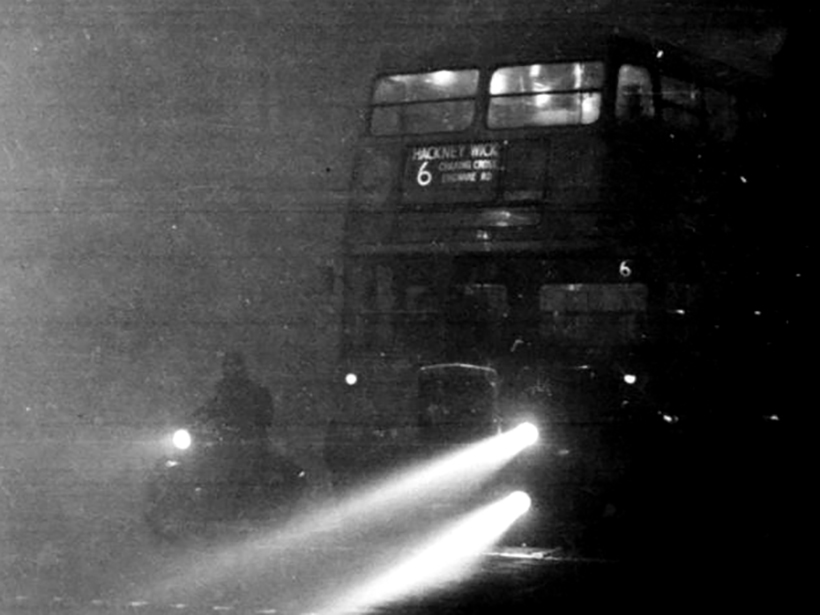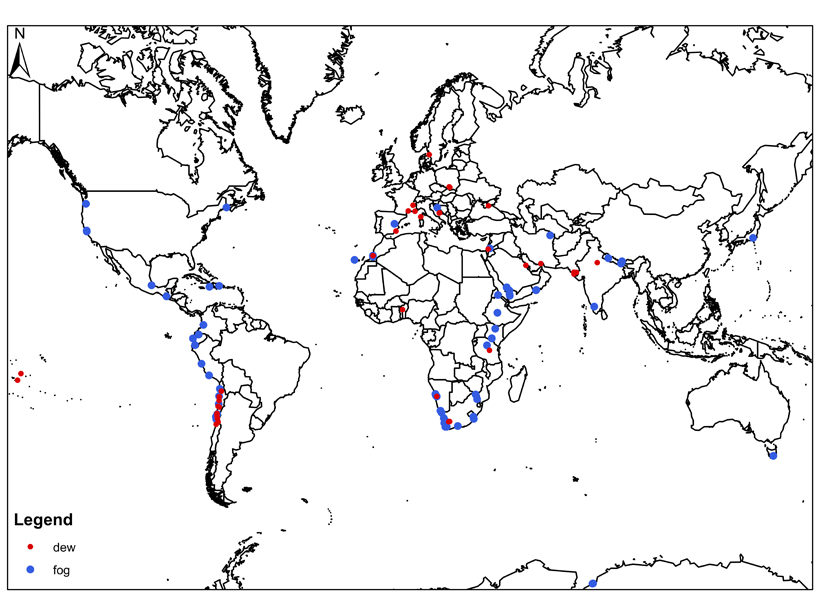New observations of cold fog formation could eventually improve forecasting.
fog
Low-Tech, Energy-Free Tool Collects and Cleans Fog Water
A new fog harvester could benefit communities that lack access to clean freshwater.
When Less is More—The Moon Sheds Light on Clouds at Night
Shining light into the dark reveals the unseen, but in some cases, it changes our perception of reality. Through moonlight we learn how the environment tricks our ways of finding nocturnal clouds.
Podcast: Night of the Killer Smog
In the latest episode of its Centennial series, AGU’s Third Pod from the Sun tells the story of two air quality disasters that served as catalysts for clean air regulations in the mid-20th century.
Fading Air Pollution Reduces Fog in Central Valley
The tule fog in California’s Central Valley is notorious for causing delays and accidents throughout the region; however, a decrease in air pollutants is reducing the fog’s frequency.
Fog Catching for Thirsty Locales
Many arid and semi-arid regions experience very little rainfall, but quite a bit of fog, which might be a viable source of drinking water.
What Will Redwood Trees Do Without Foggy Days?
Coastal California fog—a key source of water for the iconic redwood tree—has declined by a third. Can a trace gas, carbonyl sulfide, be used to assess the effect on plant productivity?
What Drives Pollutant Dispersion at Night?
Better understanding of waves and turbulence in calm air could improve predictions of weather and pollutant dispersion.
Coastal Fog, Climate Change, and the Environment
To climate scientists, marine fog's physical opacity symbolizes how much remains to be discovered about the atmospheric phenomenon.








